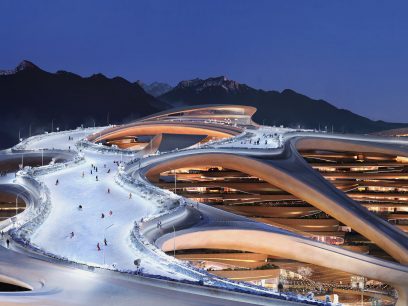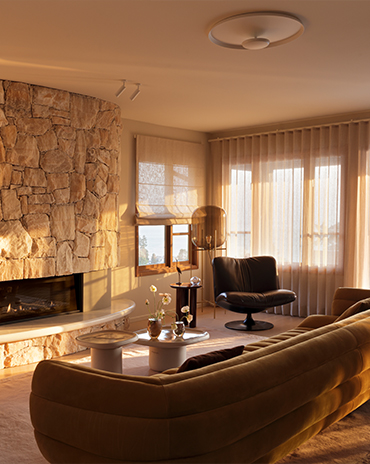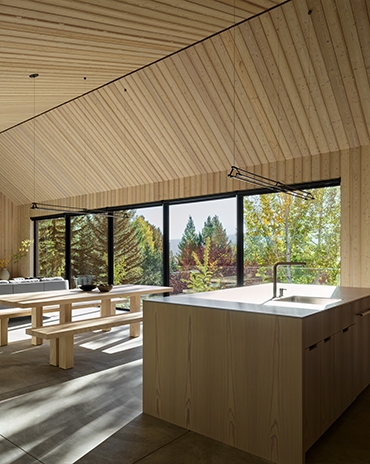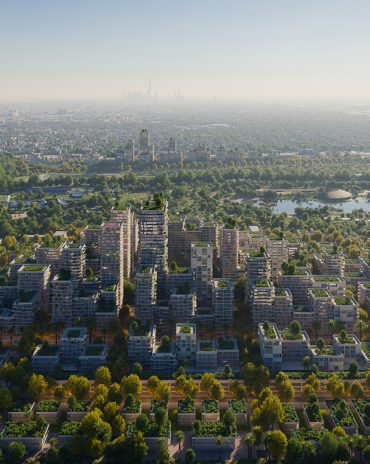Copyright © 2025 Motivate Media Group. All rights reserved.
Step inside impressive The Arts Club Dubai designed by Dimorestudio
The interiors behind the newly opened The Arts Club Dubai boasts a sumptuous blend of materials, textures and furniture
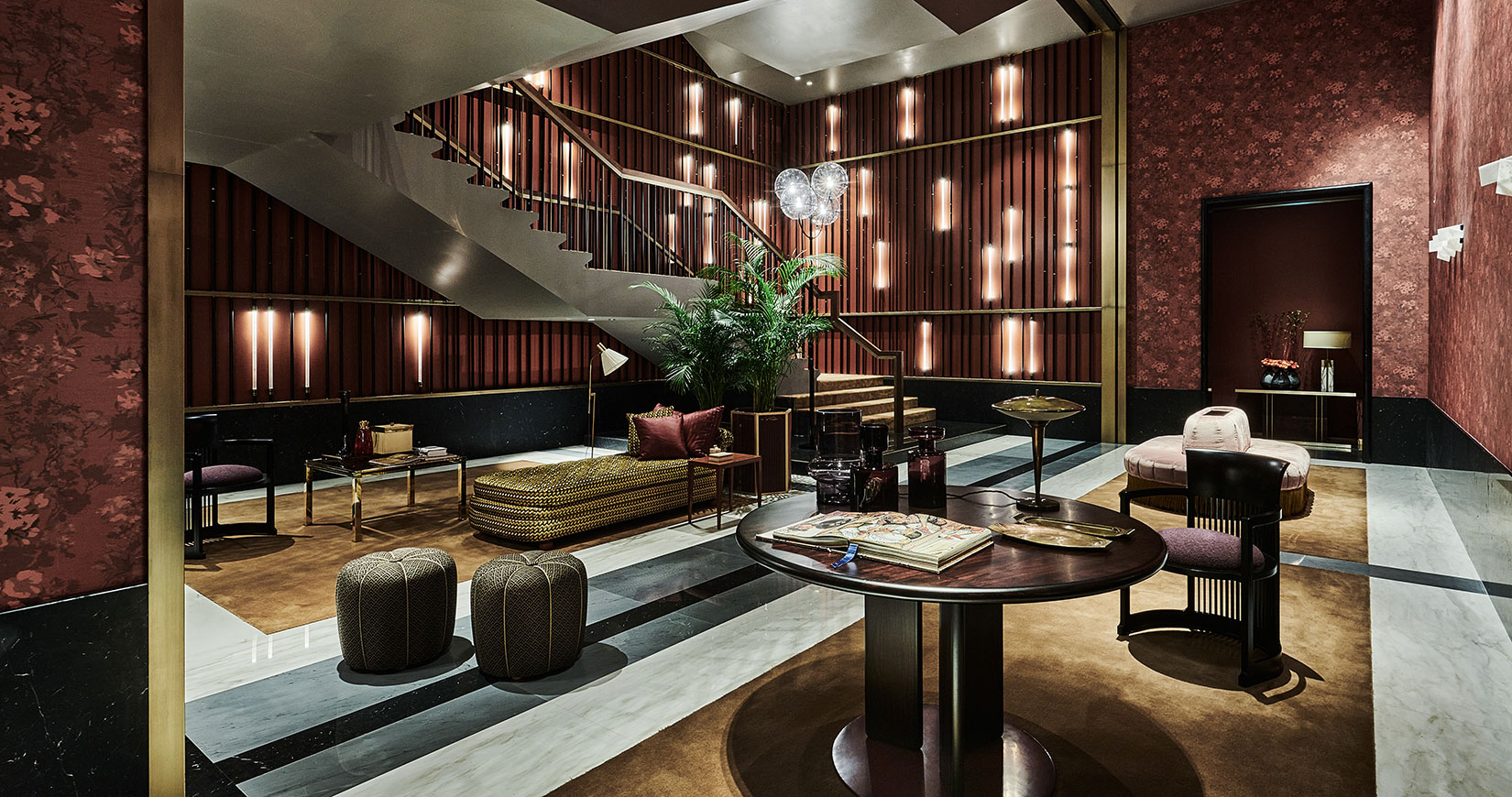
Having found a home within the triangular contemporary Foster + Partners-designed glass skyscraper, ICD Brookfield Place in Dubai International Financial Centre, the second location of the historic The Arts Club is already much more than a stone’s throw away from its 19th-century Mayfair location. Established in London in 1863, The Arts Club is something of an institution, once attracting the likes of Charles Dickens, Franz Liszt and Walter Sickert. Today, it caters to a modern clientele of artists, patrons and other like-minded individuals. Its second location in Dubai mirrors the grand ambitions of the city itself, boasting a generous 6000-square metre space set across four floors and designed by one of Milan’s most sought-after design practices, Dimorestudio, run by founders Britt Moran and Emiliano Salci.
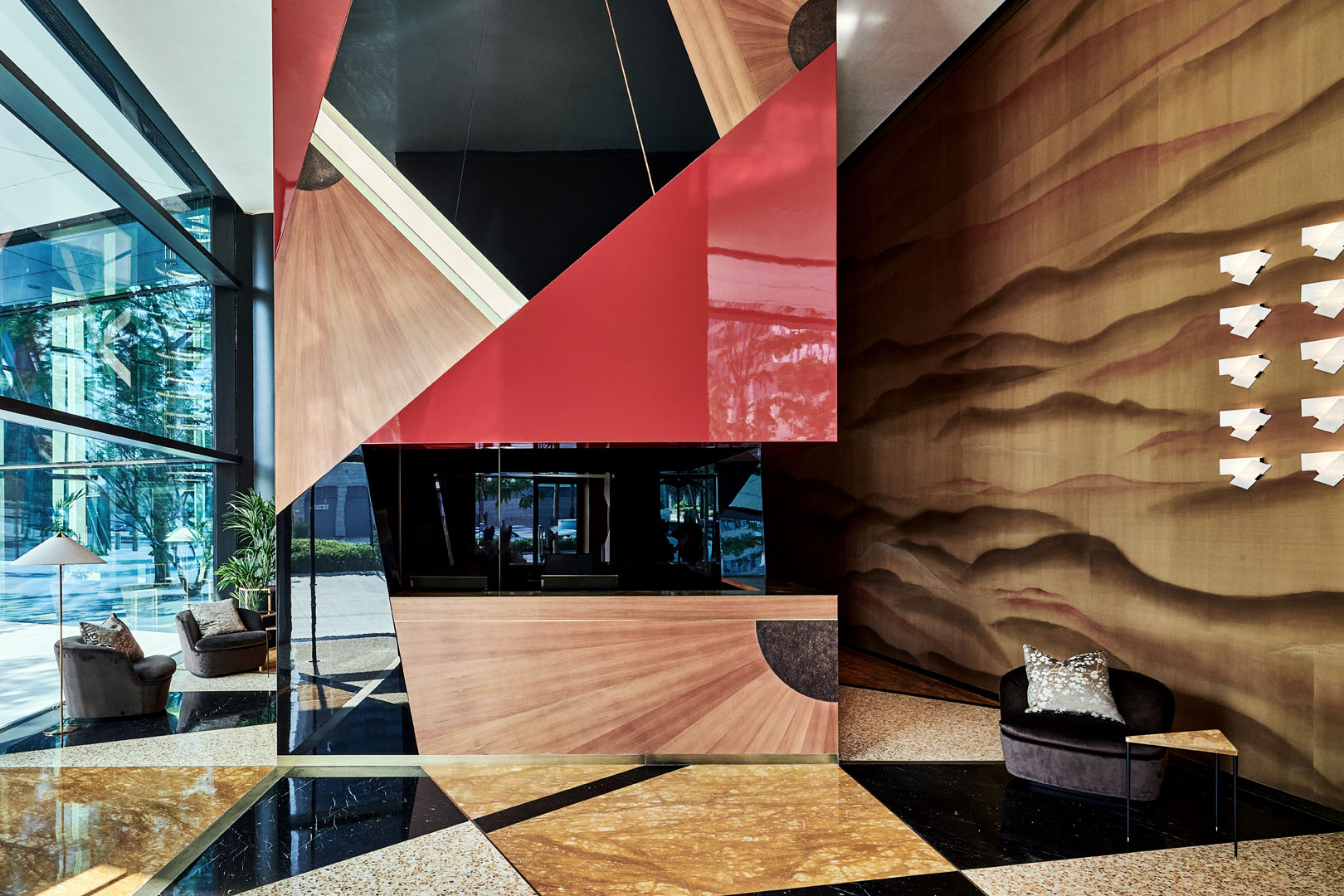
“We have brought The Arts Club to Dubai to complement the dynamic, diverse and creative landscape that is flourishing here,” begins Ajaz Sheikh, CEO of The Arts Club Dubai. “We worked very collaboratively with Dimorestudio, which was important as they had not worked on anything of this scale and in this region before. There were many changes along the way, but we had tremendous confidence in the studio to use their sophisticated design aesthetic and historical understanding to bring our ideas to life. We were all coming from the same design direction. We chose them for that.”

“The brief we were given was to create a multifaceted, luxurious and grand space for a discerning clientele,” the Dimorestudio founders reveal. This was no easy feat as the designers worked to craft a spatial journey through time and different styles. The end result is characteristic of the studio’s signature design language: an eclectic assortment of materials, hues and furniture pieces. The layered luxury, which can often feel overdone, is masterfully controlled in the hands of Dimorestudio, who expertly marry fabrics, finishes and colours one would not imagine to be complementary. And with the expansive scale of the club’s Dubai location, this was not an easy feat. Strategically, the designers imagined a different atmosphere for each floor, to allow for a myriad of experiences for the members, while managing to maintain a sense of coherence throughout.
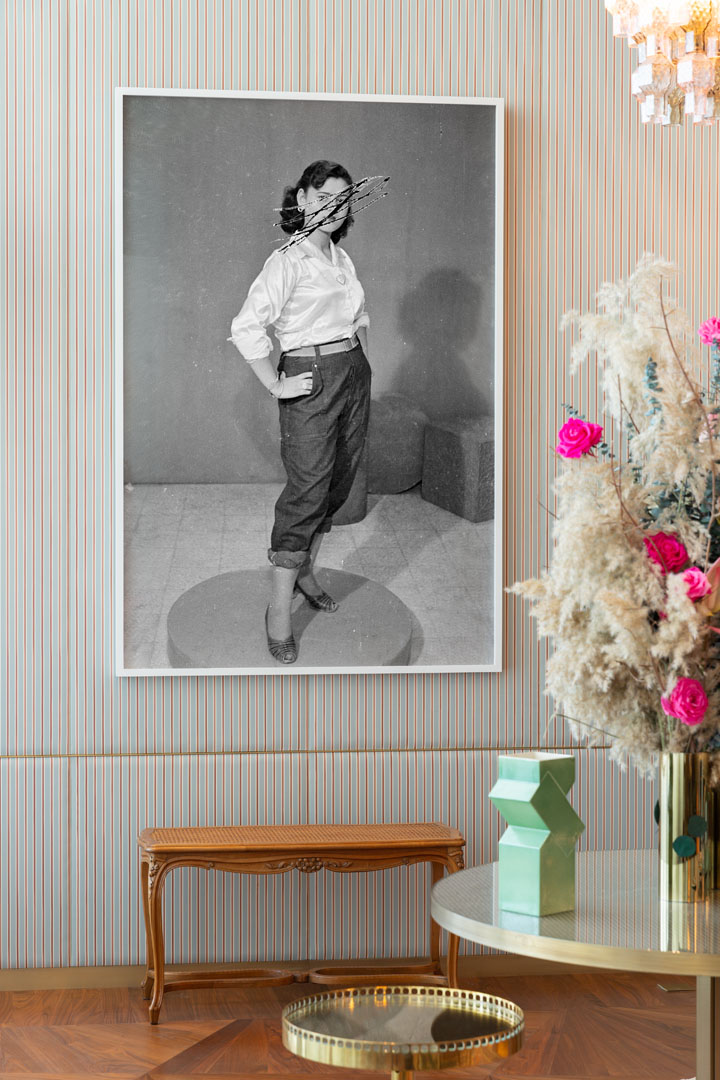
“On each floor, the rooms are distinct from one another, but share similar detailing, drawn from the architectural design: from the flooring, the frames and the rich, vibrant and saturated hues to the precious materials. We designed custom floors with elaborate patterns in marble, wood or cement tiles, as well as the hand-painted wallpapers, frescos and precious boiseries. The furniture is a sophisticated mix that spans across eras: historical pieces, and custom-made built-in and loose furnishings designed by [the studio, as well as] others sourced from the Dimoremilano collection,” the designers share.
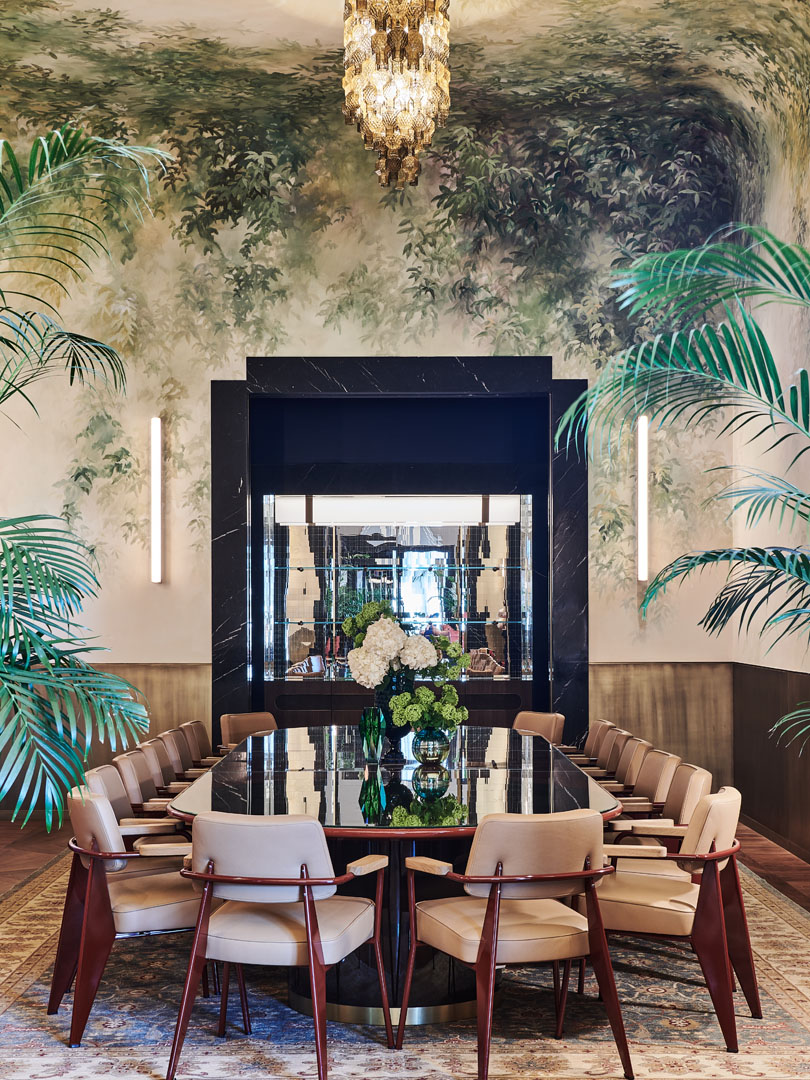
“As in all of Dimorestudio’s projects, we combined diverse materials and fabrics to create a balanced mix of colours and patterns; but this time, due to the scale of the building, we had an enormous variety within the same space.”
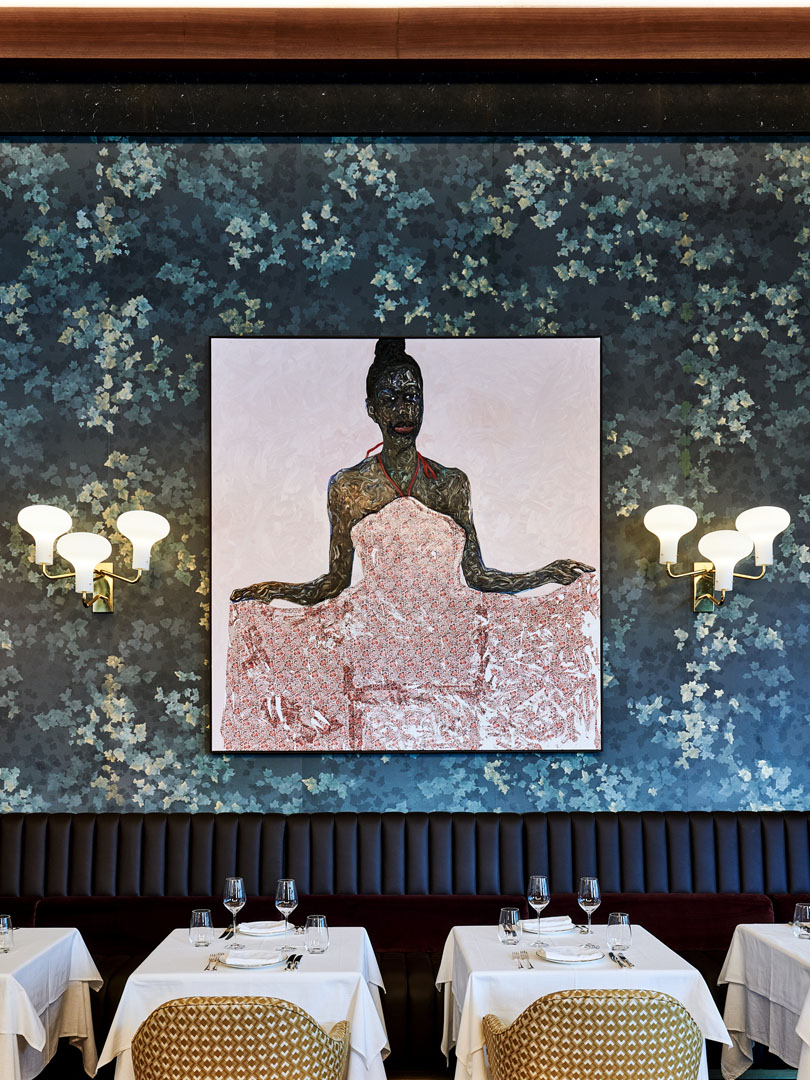
Connecting the different floors of The Arts Club Dubai is a champagne-coloured steel staircase complete with a biscuit-hued carpet, designed around a cage-like structure made of black-painted metal stems, set within glass cylinders to provide lighting. The ‘grand’ staircase is almost like a large vessel transporting members and visitors alike across an experiential journey of the spaces within.
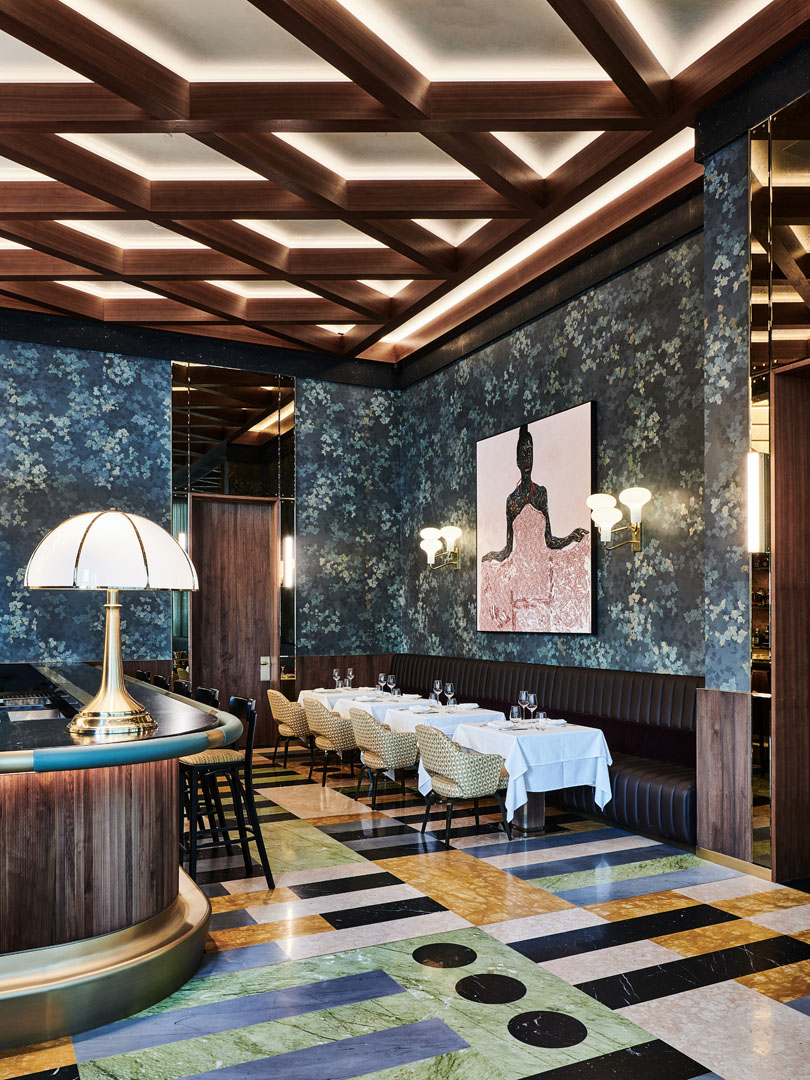
And while Art Deco remains the main inspiration behind the design, the spaces have been enriched with other styles in order to create a nonlinear narrative. Inside the entry hall, the Art Deco-inspired woods and geometric shapes draw the eye, while on the first floor, where the brasserie is located, a geometrically patterned marble floor sets the tone of the space. Adjoining rooms are characterised by wooden floors with off-scale fans. On the second floor, the Latin restaurant features cathedral-like stained glass windows, the boiseries and a custom-made wallpaper mural depicting tiles in coloured concrete.
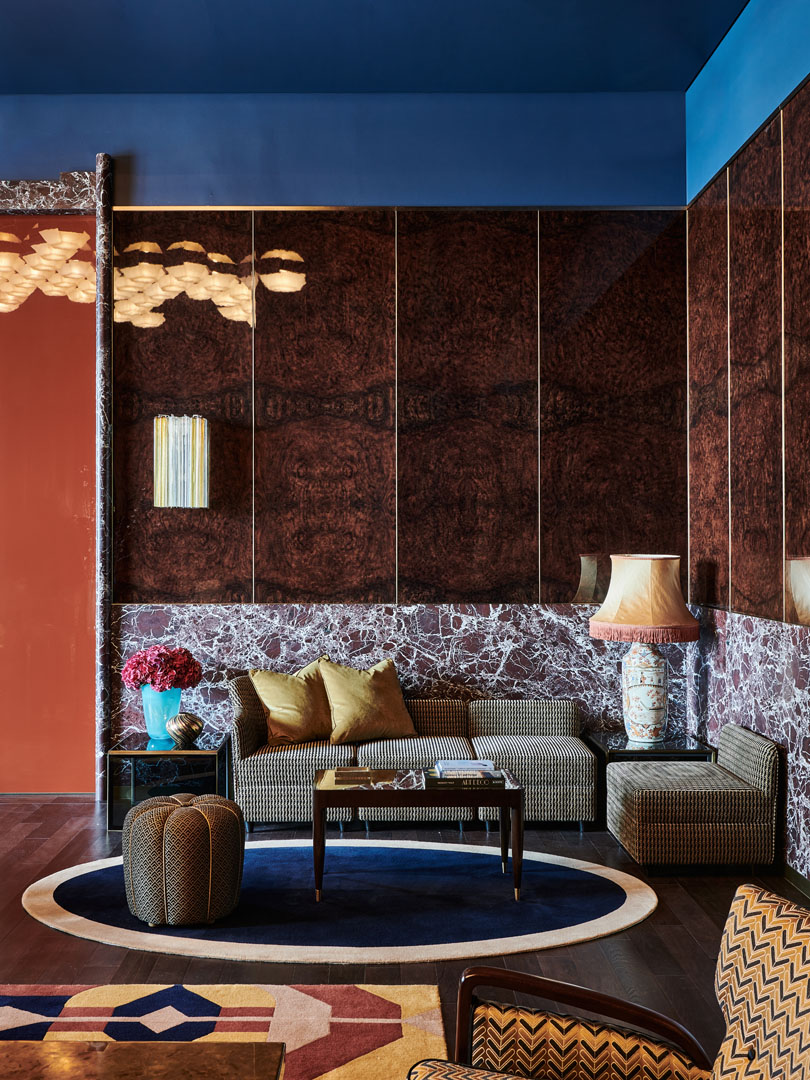
The third floor houses an Italian restaurant characterised by floors made of three different marbles in a geometric hexagonal pattern, which is recaptured in a statement ceiling in backlit briar wood.
Naturally, as one would expect from a member’s club for the arts, the selection of artworks itself plays an integral role within the overall space.
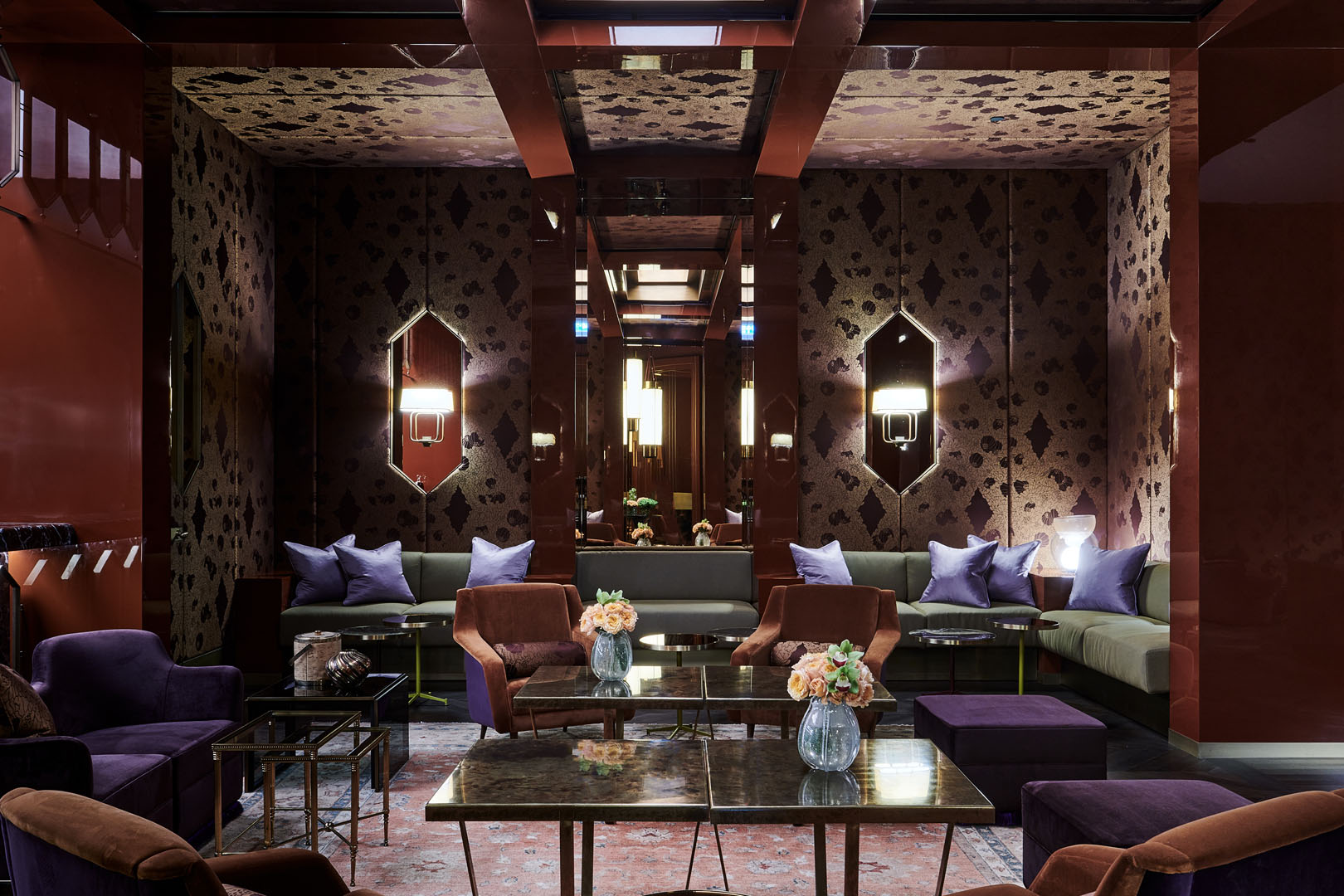
“Art is fundamental to the club,” says Sheikh. “We are gradually building our permanent collection with works, some of which will be sourced from local and regional collections and artists. Our latest acquisition is Akram Zaatari’s Scratched Portrait of Mrs Baqari, which hangs in the library. There will also be works coming from much further afield; we already have a beautiful work by Amoako Boafo hanging in the brasserie, and our curatorial team continue to work on the collection, ensuring it is always inspiring and elevating members’ artistic encounters at the club.”

“In time, we will be building on our Artists’ Commissions initiative. This was started in our pre-opening period, supporting young emerging regional artists and contributing commissioned works to our collection,” he adds.
The Arts Club’s current exhibitions feature works from one of its founding members, Elie Khouri, in a show titled Think it Forward: Selections from the Elie Khouri Collection, in addition to the show Faces and Places: Huguette Caland.
The club’s Cultural Programme is an equally important part of the club life and the members’ experience, Sheikh adds: “Through our programming we look to work with regional arts institutions, artists and initiatives to bring their stories to our members and the club [but also to lead] our members to them.”
The Latest
Things to Covet in June 2025
Elevate your spaces with a pop of colour through these unique pieces
Designing Spaces with Purpose and Passion
We interview Andrea Savage from A Life By Design – Living & Branding on creating aesthetically beautiful and deeply functional spaces
Craft and Finesse
EMKAY delivers a bold and intricate fit-out by transforming a 1,800 sqm space into SUSHISAMBA Abu Dhabi, a vibrant multi-level dining experience
An Impressive Entrance
The Synua Wall System by Oikos offers modularity and style
Drifting into Summer
Perennials unveils the Sun Kissed collection for 2025
The Fold
Architect Rabih Geha’s collaboration with Iwan Maktabi
From Floorplans to Foodscapes
For Ayesha Erkin, architecture was never just about buildings, but about how people live, eat, gather and remember
Between Sea and Sky
Cycladic heritage, heartfelt hospitality and contemporary design converge on Deos Mykonos, designed by GM Architects
A Fresh Take on ’70s Style
Curved shapes and colourful artworks bring vibrancy to this contemporary home with mesmerising nature views
Into the Woods
Perched among the treetops, this serene home’s permanent connection to nature invites dwellers to unplug and unwind
A New Chapter for Dubai – Jebel Ali Racecourse
A.R.M. Holding and BIG unveil visionary masterplan around Jebel Ali Racecourse




